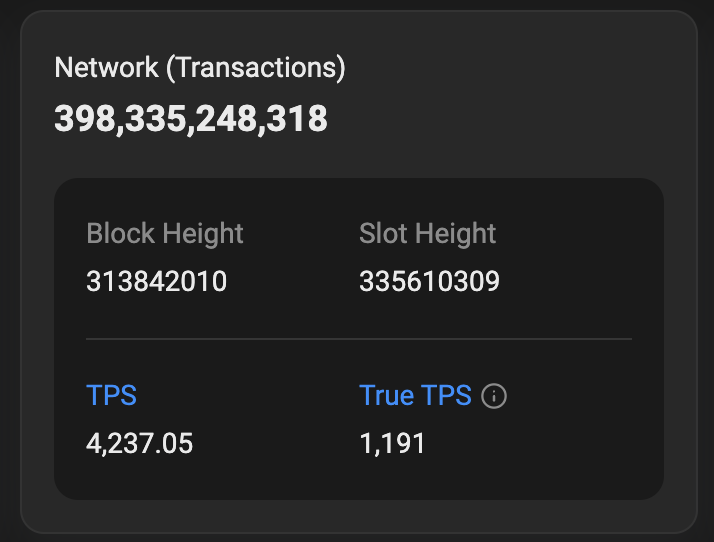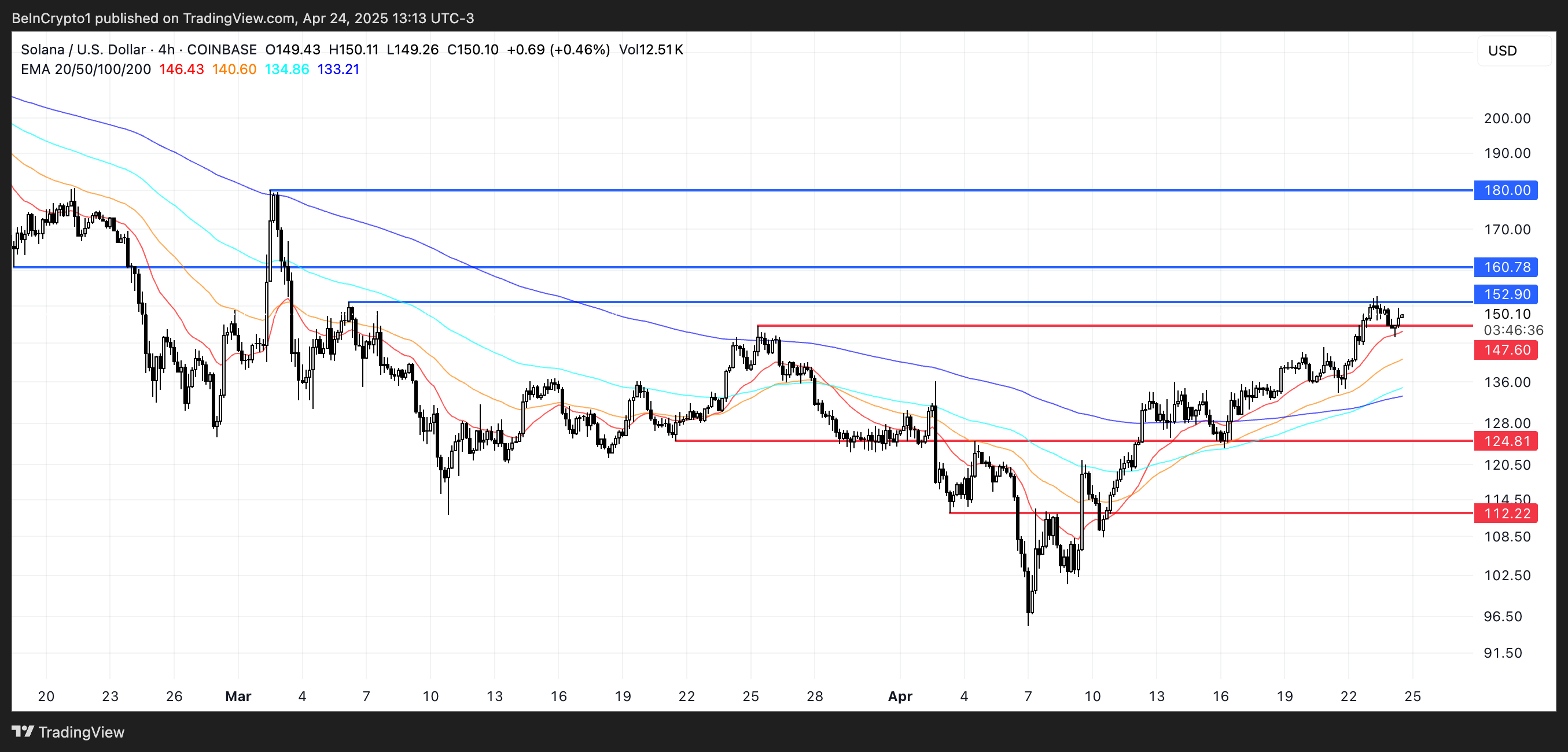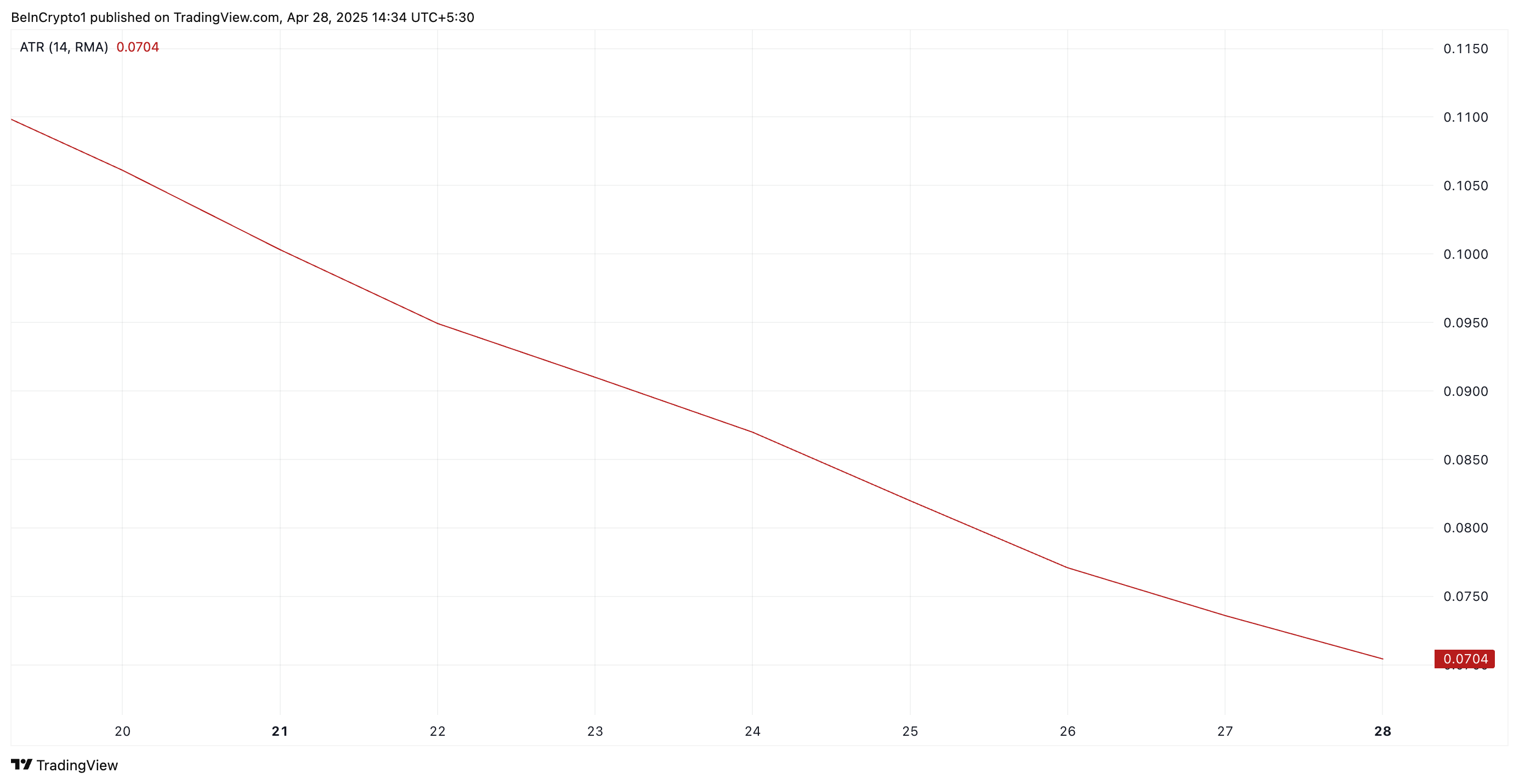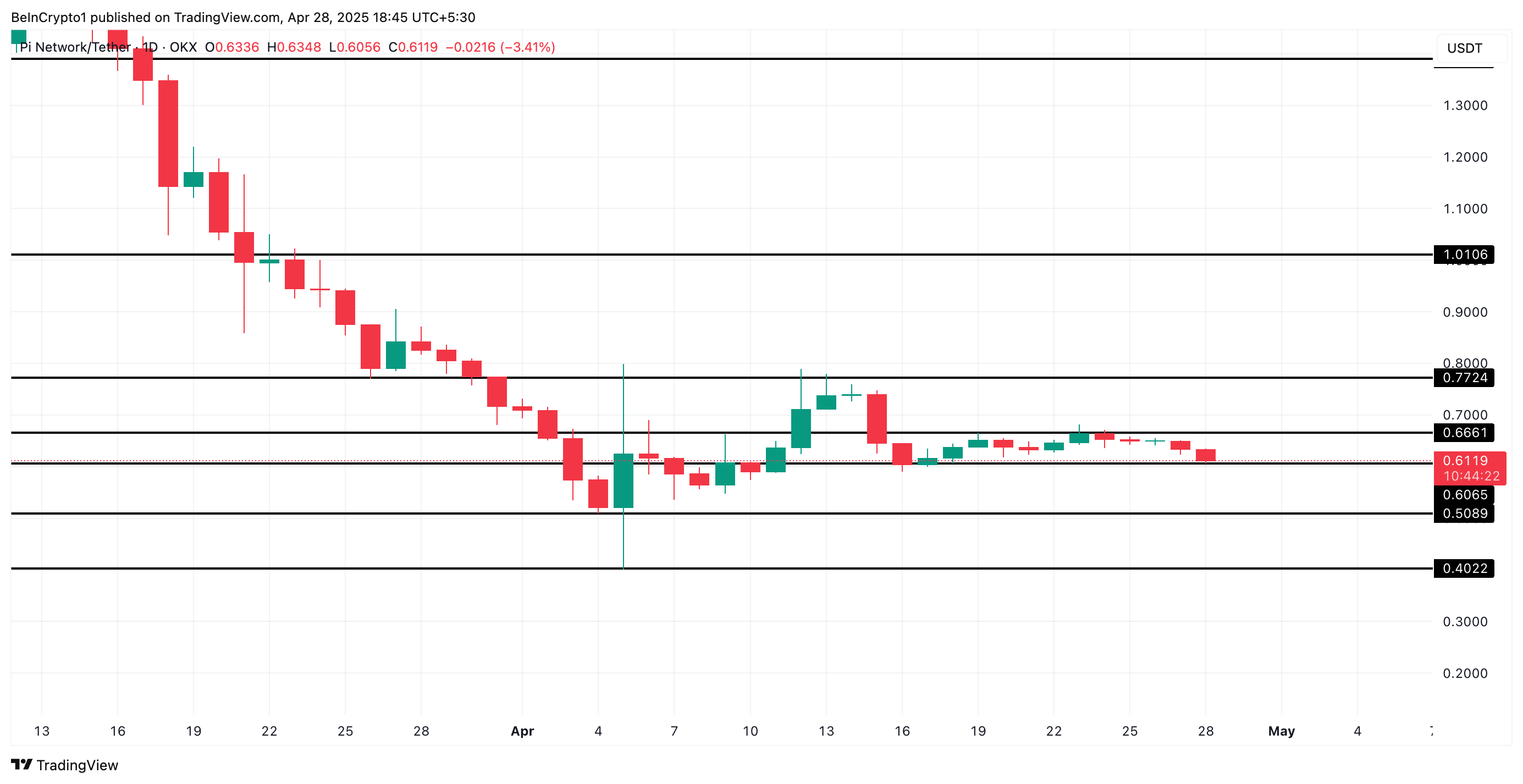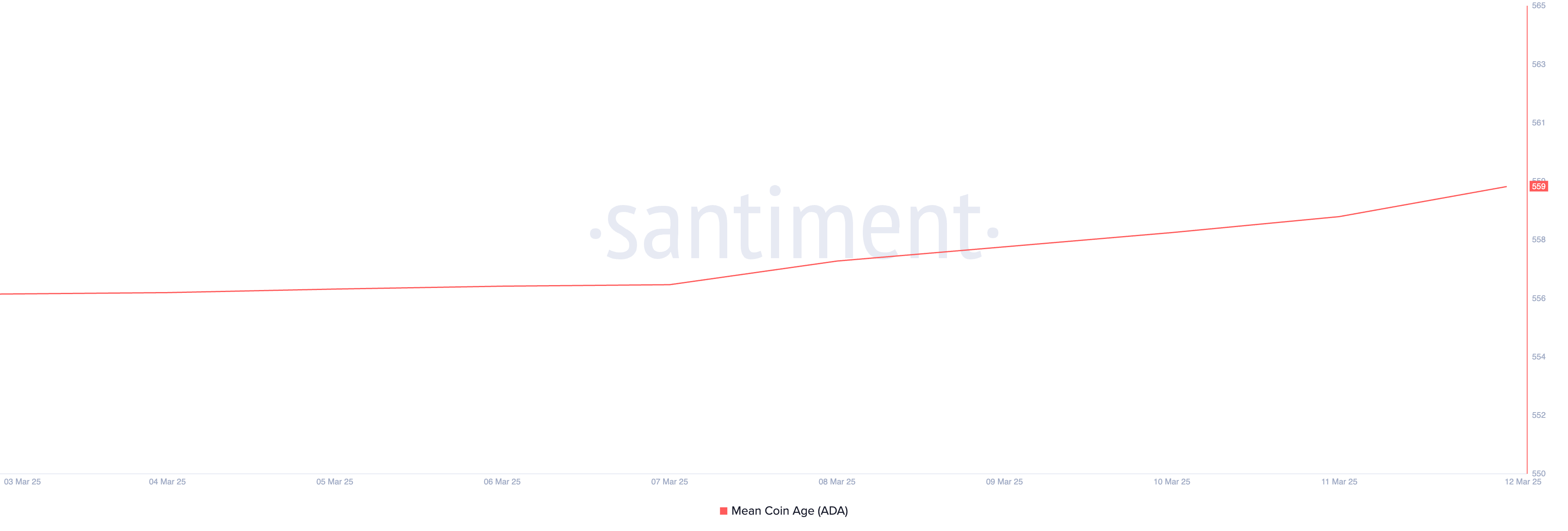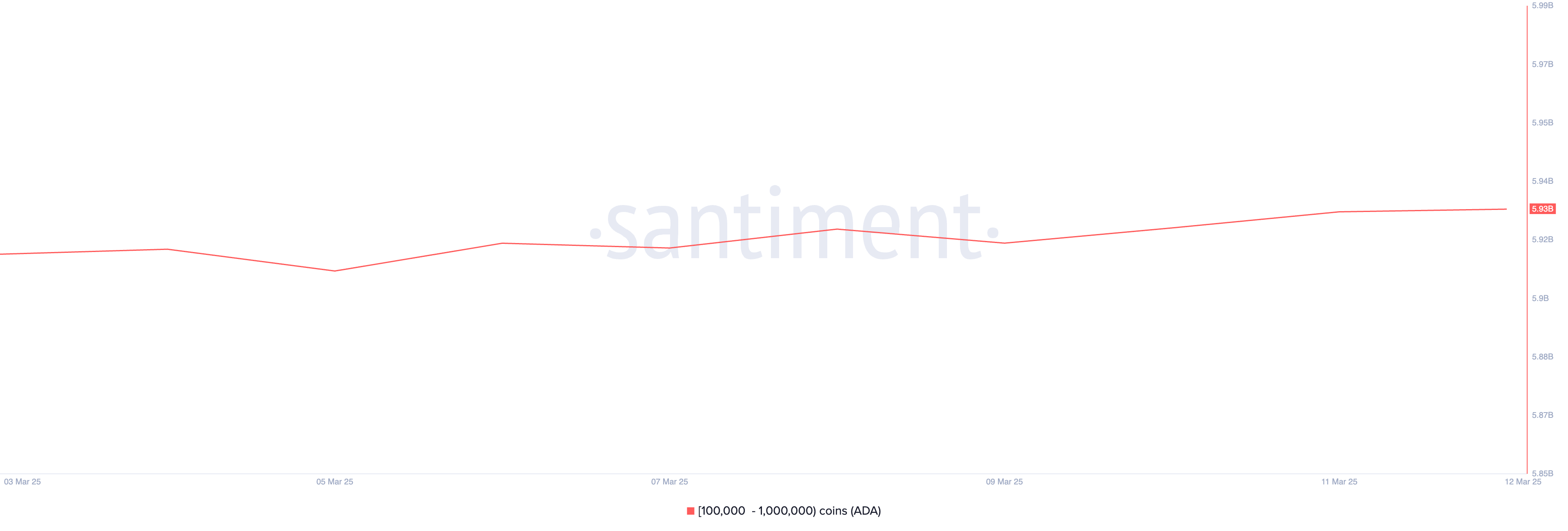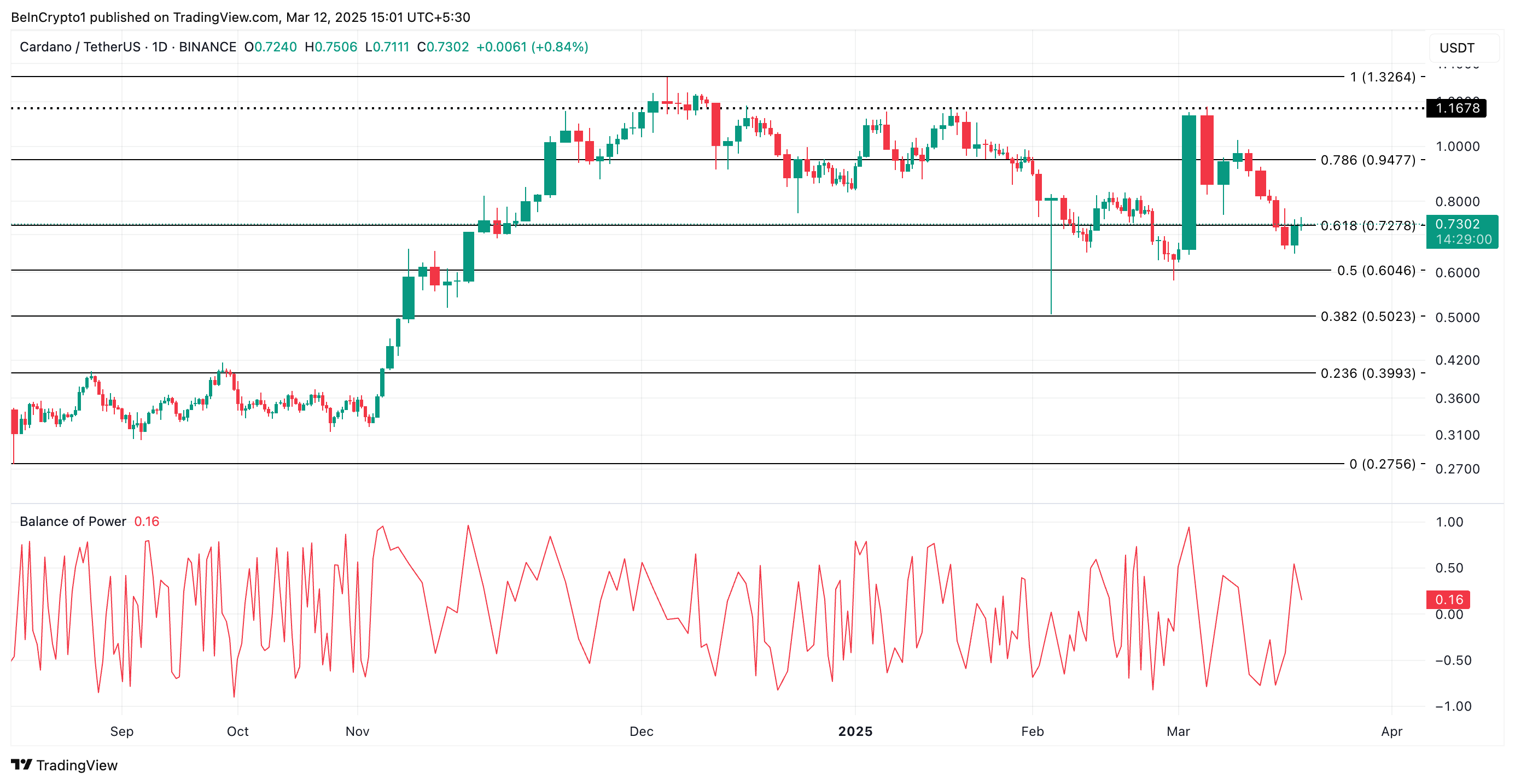Sam Bankman-Fried interviewed Tucker Carlson from prison. The former FTX CEO still thinks declaring bankruptcy was a bad decision, and the exchange would have $93 billion in assets from his investments.
Bankman-Fried’s answers showed that many of his beliefs have remained the same since 2022, but it’s important to remember his biases.
Sam Bankman-Fried’s First Video Interview From Prison
Sam Bankman-Fried, the infamous FTX co-founder, is reappearing in the media despite his 25-year incarceration. Last month, he conducted his first interview from prison, angling for a pardon from President Trump.
Today, Bankman-Fried sat down with Tucker Carlson for a new video interview covering a wide range of topics.
This time, however, he didn’t mention the pardon. When Carlson asked Bankman-Fried why his extensive political contributions didn’t help him avoid prison in 2022, he responded by talking about his disillusionment with the Democratic Party.
This aligns with statements made in his previous interview.
“One factor that might be relevant is, in 2020, I was center-left, and I gave a lot to Biden’s campaign. I was optimistic. By 2022, I was giving to Republicans, privately, as much as Democrats. That started becoming known right around FTX’s collapse. That probably played a role,” he claimed.
Other than that change, however, many of his crypto-related beliefs appear unchanged since the FTX collapse in 2022. For example, Carlson asked Bankman-Fried whether crypto crimes were bigger 10 years ago, and he replied that they were smaller, citing the Silk Road.
When asked if he had any liquid assets, Bankman-Fried talked about roads not taken.
“The company I used to own, had nothing intervened, today would have about $15 billion of liabilities and about $93 billion of assets. There was enough money to pay everyone back in kind at the time. Plenty of interest left over, and tens of billions left for investors. But that’s not how it worked out. It’s been a colossal disaster,” Bankman-Fried stated.
In other words, he doesn’t seem to think that his actions at FTX were wrong or fraudulent. Similarly, the Silk Road achieved widespread notoriety, but its transactions amounted to less than $200 million.

Meanwhile, crypto scams in 2025 can steal that much in one day. In other words, it’s important to remember his biases, especially since he is removed from the scene.
Carlson grilled Bankman-Fried on a few other topics, like whether crypto scams were tarnishing the industry’s reputation. For the most part, they talked about other topics, such as celebrities incarcerated with him, using muffins as “prison money,” Bankman-Fried’s upcoming birthday, etc.
The FTX founder is still trying to appeal his conviction but acknowledged that it’s a long shot.
The post Sam Bankman-Fried Claims FTX Would Have $93 Billion if Bankruptcy Was Avoided appeared first on BeInCrypto.



